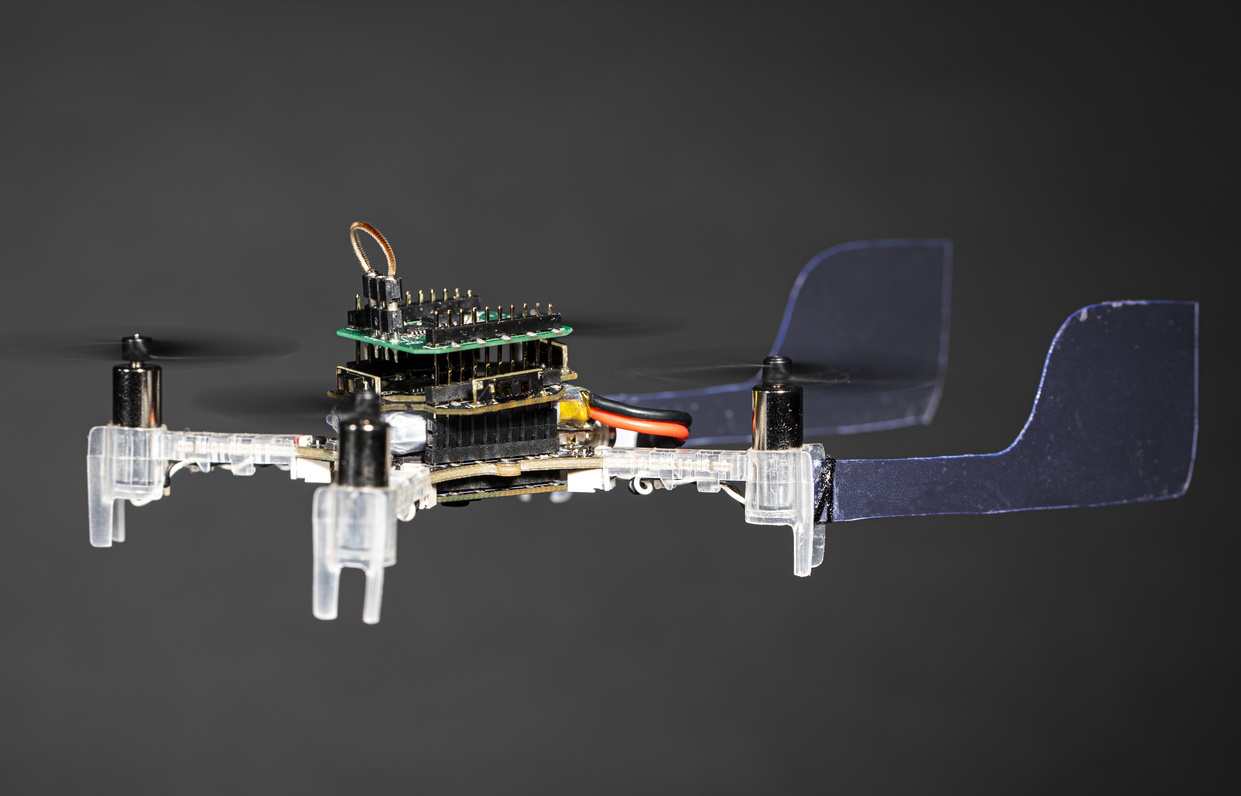In the ever-evolving landscape of technology, the quest for innovation often leads us back to the natural world. This has never been more evident than with the emergence of the Smellicopter, a groundbreaking device engineered by researchers at the University of Washington. If you’ve ever marveled at the impressive capabilities of a moth’s antenna, you’ll be fascinated to learn how these tiny drones are harnessing that biological brilliance to create a revolutionary chemical sensor.
Why Nature is Our Best Teacher
For centuries, humans have looked to nature for inspiration in solving complex problems. The Smellicopter is a perfect reflection of this principle. Rather than attempting to mimic the intricacies of a moth’s olfactory system, engineers chose to integrate an actual moth antenna into a mini-drone. This decision stems from the realization that artificial sensors simply cannot compete with the remarkable sensitivity of biological sensors found in nature.
The Ingenious Design of the Smellicopter
At the heart of the Smellicopter’s design lies the wisdom in simplicity. The engineers carefully removed a hawk moth’s antenna and expertly mounted it on a drone platform. This hybrid system allows the drone to take advantage of the antenna’s natural ability to detect chemicals, significantly enhancing its sensitivity in monitoring environmental stimuli. The functionality of the antenna changes in response to different chemicals, much like how a moth would follow the scent trail of a blooming flower.
Operational Mechanics
As the Smellicopter flies, it monitors the signals from the moth’s antenna by passing a light current through it. This mechanism allows the drone to detect the presence of various chemicals with better accuracy than conventional sensors of similar size. One major innovation in the drone’s design is its ability to stay oriented towards potential sources of scent. Instead of utilizing complex gyros or pressure sensors, the team opted for a more elegant solution: two large, lightweight fins that enable the drone to pivot upwind like a weather vane. If there’s a tempting scent in the air, off it goes!
Performance Assessment
In preliminary tests, the Smellicopter demonstrated greater performance when compared to standard sensor technology. The ultra-sensitive cells in the moth’s antenna could accurately respond to chemicals at significantly lower concentrations, providing an edge in various applications. Whether it’s for industrial monitoring or military operations, this drone could offer a more effective solution in environments where precision is critical.
Potential Applications and Future Directions
The potential applications for the Smellicopter are broad and varied. Industries reliant on chemical detection, such as environmental monitoring, agriculture, or even national security, stand to benefit significantly from this novel technology. As it continues to advance from prototype to production, there is strong potential for commercial interest in the Smellicopter. Considering the simplicity, versatility, and effectiveness, businesses are already eyeing this technology to enhance their operational capabilities.
Conclusion
The Smellicopter exemplifies the extraordinary convergence of natural innovation and technological advancement. By embracing nature’s solutions instead of solely relying on synthetic creation, researchers have paved the way for transformative changes in how we detect chemicals in our environment. The synthesis of biology and engineering heralds a new era of technological capabilities that can potentially redefine industries.
At fxis.ai, we believe that such advancements are crucial for the future of AI, as they enable more comprehensive and effective solutions. Our team is continually exploring new methodologies to push the envelope in artificial intelligence, ensuring that our clients benefit from the latest technological innovations.
For more insights, updates, or to collaborate on AI development projects, stay connected with fxis.ai.

